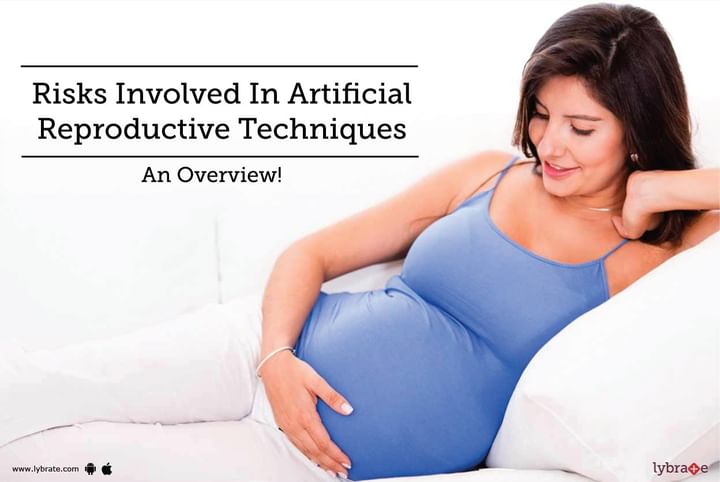Risks Involved In Artificial Reproductive Techniques - An Overview!
These days, infertility is a rising problem. The branch of gynecology has successfully discovered a variety of procedures, which are helpful in conceiving in an artificial manner. These are known as Artificial Reproductive Techniques (ARTs). Artificial insemination is one of them. It is often termed as intrauterine insemination, which is used as an effective treatment of infertility worldwide.
This process helps the couple in conceiving by inserting the sperm directly into the womb of the woman. These days, most of the couples who are unable to conceive prefer to go through this process rather than going for adoption. One of the major reasons behind the immense popularity of this treatment procedure is its good success record.
There are several risks associated with this process that one should know before opting for this procedure for having a baby of their own.
-
Multiple births because of fertility medication: When the process of artificial insemination is carried out by using the fertility medication, there are immense chances that the mother gives birth to more than one child at a time. It can be twins or even triplets. The problem associated with multiple births is that it might contribute to complications like miscarriage or premature delivery. In the case of multiple births, babies are usually not healthy and they are more prone to die in the first week of birth, which is very unfortunate for the parents. Gestational diabetes is also one of the consequences that can affect the mother during pregnancy.
-
Ovarian Hyperstimulation Syndrome: It is not a common issue, but potentially a very serious complication. In some cases, the ovaries of a woman get swollen because of the fertility medication given during the artificial insemination process. Swelling causes symptoms like nausea, abdominal cramps, vomiting and bloating. Usually, the symptoms of OHSS include shortness of breath and chest pain that occurs four to five days after the use of fertility medication. One should immediately contact the doctor, in case they notice similar kinds of symptoms during their fertility treatment.
In most of the cases when the doctor is unable to figure out the reason behind the infertility of a couple, the only alternative they suggest is the process of artificial insemination. Artificial insemination is quite an affordable and non-invasive method of fertility treatment, which is preferred by thousands of couples every year. There are certain risks in this medical process and it is recommended to consult an expert gynecologist.



+1.svg)
